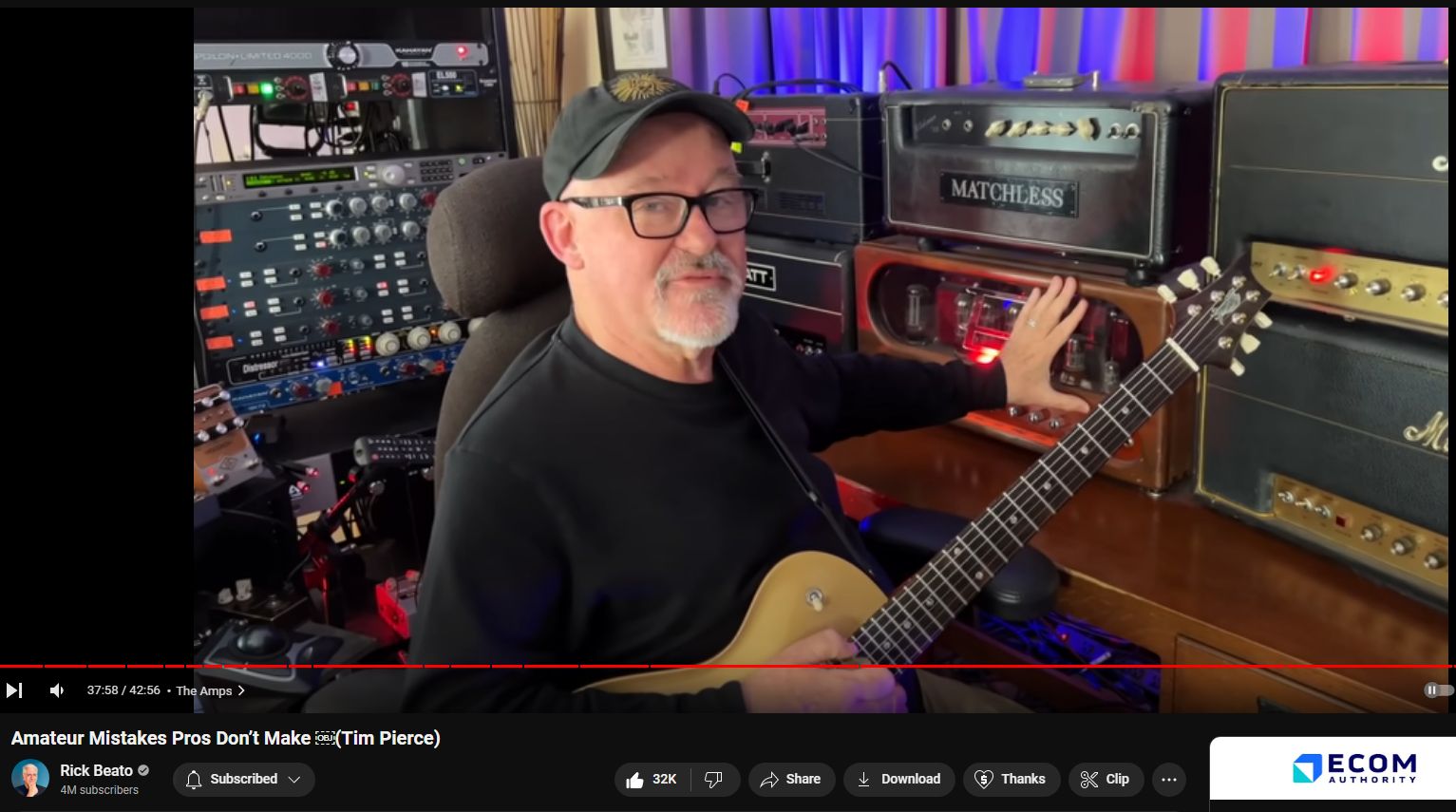Guitar amp tone refers to the specific sound characteristics produced by an amplifier when connected to an electric guitar. This tone can be influenced by various factors, including the type of amplifier (tube, solid-state, or digital), the settings on the amplifier (such as gain, volume, bass, midrange, treble, presence, etc.), the guitar being used, the pickups on the guitar, and any effects pedals or processors in the signal chain.
Here are some key elements that contribute to guitar amp tone:
1. Amplifier Type: Different types of amplifiers have distinct sonic characteristics. Tube amplifiers, known for their warm and dynamic sound, produce a different tone compared to solid-state or digital amps, which tend to be cleaner and more consistent.
2. Settings: Adjusting the settings on the amplifier can significantly impact the tone. Controls such as gain, volume, bass, midrange, treble, and presence allow players to shape the sound to their preference. Experimenting with these settings can help achieve a wide range of tones, from clean and sparkling to overdriven and gritty.
3. Guitar and Pickups: The type of guitar and its pickups play a crucial role in shaping the tone. Single-coil pickups, such as those found on Fender Stratocasters, produce a brighter and twangier tone, while humbuckers, commonly found on Gibson Les Pauls, offer a thicker and warmer sound. Additionally, the construction and materials of the guitar can influence resonance and sustain.
4. Effects: Effects pedals and processors can be used to further shape the guitar tone. Effects like distortion, overdrive, delay, reverb, chorus, and wah-wah can add depth, texture, and character to the sound. Experimenting with different combinations of effects can lead to unique and creative tones.
5. Speaker Cabinet: The speaker cabinet, along with the amplifier, plays a crucial role in amplifying and shaping the guitar tone. Different speaker types (e.g., Celestion, Eminence) and configurations (e.g., open-back, closed-back) can produce varying frequency responses and projection characteristics.
Achieving the desired guitar amp tone often involves a combination of experimentation, familiarity with gear, and an understanding of how different elements interact to create specific sounds. Ultimately, it’s about finding the right balance of settings, equipment, and playing technique to achieve the desired tone for a particular musical style or context.
RSA-23 amp
